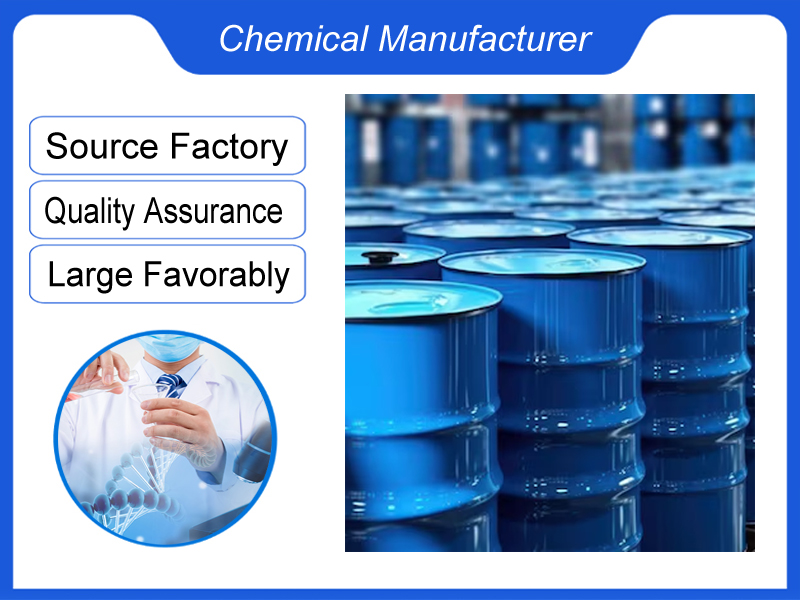
Oleoyl Chloride
We are a manufacturer based in China. We specialize in providing high-quality Oleoyl Chloride for industrial clients across various sectors. Whether you need chemicals consultation or technical support, our team is here to help.
Category:Paint chemicals Own Brand:MT /MOQ:100KG /From China/ B2B only.
Introduction
CAS No. 112-77-6
Content 97%
Packing 180kg/drum 850kg/IBC
Names and Identifiers
| Name | oleoyl chloride |
| Synonyms | NSC 97299 oleoyl chloride OLEOYL CHLORIDE Oleoyl chloride OLEIC ACID CHLORIDE Oleic acid chloride OCTADECENOYLCHLORIDE 9-OCTADECENOYL CHLORIDE octadec-9-enoyl chloride (z)-9-octadecenoylchlorid (9Z)-1-chlorooctadec-9-ene (9Z)-octadec-9-enoyl chloride 9-Octadecenoyl chloride, (9Z)- DELTA 9 CIS-OCTADECENOYL CHLORIDE 9-Octadecenoyl chloride, (Z)- (9CI) |
| CAS | 112-77-6 |
| EINECS | 204-005-0 |
| InChI | InChI=1/C18H35Cl/c1-2-3-4-5-6-7-8-9-10-11-12-13-14-15-16-17-18-19/h9-10H,2-8,11-18H2,1H3/b10-9- |
112-77-6 – Physico-chemical Properties
| Molecular Formula | C18H33ClO |
| Molar Mass | 300.91 |
| Density | 0.91 g/mL at 25 °C (lit.) |
| Boling Point | 193 °C/4 mmHg (lit.) |
| Flash Point | >230°F |
| Solubility | Chloroform (Slightly) |
| Vapor Presure | 3.38E-05mmHg at 25°C |
| Appearance | Oil |
| Specific Gravity | 0.912 |
| Color | Clear Colourless to Pale Beige |
| BRN | 1211748 |
| Storage Condition | −20°C |
| Stability | Moisture Sensitive |
| Sensitive | Sensitive to humidity |
| Refractive Index | n20/D 1.463(lit.) |
| MDL | MFCD00134332 |
| Physical and Chemical Properties | Liquid. Boiling point 200 ℃(1.46kPa),175-180 ℃(0.4kPa), relative density 0.912, refractive index 1.4623. |
112-77-6 – Risk and Safety
| Hazard Symbols | C – Corrosive |
| Risk Codes | 34 – Causes burns |
| Safety Description | S26 – In case of contact with eyes, rinse immediately with plenty of water and seek medical advice. S36/37/39 – Wear suitable protective clothing, gloves and eye/face protection. S45 – In case of accident or if you feel unwell, seek medical advice immediately (show the label whenever possible.) |
| UN IDs | UN 3265 8/PG 2 |
| WGK Germany | 3 |
| HS Code | 29161900 |
| Hazard Class | 8 |
| Packing Group | III |
Reference Information
| application | oleoyl chloride is a widely used organic synthesis intermediate, which can react with alcohols, phenols, amines and other compounds to synthesize various surfactants At the same time, it can also be directly applied to wool spinning, silk, synthetic fiber, printing and dyeing, machinery industries and other industries. |
| Use | Used as an intermediate in organic synthesis. The detergent LS(C25H40NNaO5S) can be obtained by acylation of 2-sulfo-4-aminoanisole in drought with oleoyl chloride. |
| Production method | is obtained by the reaction of oleic acid and phosphorus trichloride. Put the oleic acid into the reaction pot, slowly add phosphorus trichloride under stirring, and control the feeding temperature at 25-33 ℃. After adding, the temperature is raised to 55 ℃, and the lower phosphorous acid is removed after keeping the temperature for 4 hours to obtain oleyl chloride. |
If you're ready to take the next step, Leave your message below and we’ll reply soon. 20+ years of chemical manufacturing & export experience, a partner you can trust.





